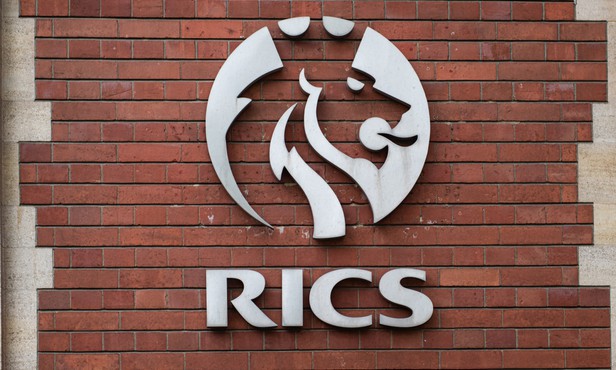
It is currently estimated that there are two million mortgage prisoners in the UK as a result of the cladding crisis, in addition to 600,000 people currently living in high-rise buildings with dangerous cladding.
The External Wall Fire Review (EWS) process, and resulting EWS1 form, is a set way for a building owner to confirm that an external wall system on residential buildings has been assessed for safety by a suitable expert, in line with government guidance.
Mortgage Introducer has spoken to key lenders to find out what their next steps are in taking the new cladding guidance into account, and will be providing live updates of their responses below.
Leeds Building Society
Leeds Building Society has confirmed it has adopted the RICS guidance into its own valuer instructions, in conjunction with Countrywide, which manages valuers on its panel.
Yorkshire Building Society
Yorkshire Building Society is implementing RICS updated cladding guidance for properties it lends on, which it believes provides useful direction and enables flexibility.
A spokesperson for Yorkshire Building Society, said: “We take a common-sense approach to valuation and our lending policy remains the same.
“We will continue to rely upon our valuers to decide when they feel an EWS1 form would be appropriate, so that they can avoid asking for them unnecessarily, whilst also not passing responsibility for any significant fire risks on to potential purchasers who might not be aware of the full extent of the risks.”
TSB
TSB has welcomed the updated RICS cladding guidance as it believes it will create greater consistency across the valuer industry.
A spokesperson for TSB, said: “TSB’s requirements will not change as we are in line with RICS guidance already.
“However, we are supportive of the new guidelines as it will mean greater consistency across the valuer industry.”
Read the full story from TSB here.
Santander
Santander is hopeful that updated guidance from RICS will speed up processes for cladding prisoners.
A spokesperson for Santander, said: “We hope to see the updated guidance reduce the number of requests for further information on cladding made by valuers before providing a mortgage valuation.
“Cladding does not impact an existing mortgage customer’s ability to complete a product transfer with us and move to a new mortgage rate when they are not taking on any additional borrowing, or changing the mortgage term.”
Read the full story from Santander here.
Nationwide
Nationwide has said the updated RICS guidance on cladding provides clarity and reassurance to thousands of homeowners and tenants across the UK living in properties impacted by cladding and fire safety issues.
A spokesperson for Nationwide, said: “Our lending approach is very much in line with this guidance although there will be occasional instances where, as a responsible lender we still require an EWS1 form.
“We have a duty of care to protect all our borrowers and ensure properties we are lending on are safe for those that reside in them.”
Read the full story from Nationwide here.
Lloyds Bank
Lloyds Bank said it continues to actively lend on flats in buildings with cladding whilst taking a risk-based approach and said it hopes guidance from RICS will encourage other lenders to do the same.
A spokesperson for Lloyds Bank, said: “We welcome RICS’ guidelines which should provide much-needed clarity and consistency for lenders, surveyors and homeowners.”
Read the full story from Lloyds Bank here.
The Co-operative Bank
The Co-operative Bank has confirmed that it will be following the updated RICS cladding guidance, and it is working with its valuer panel to update its processes accordingly.



